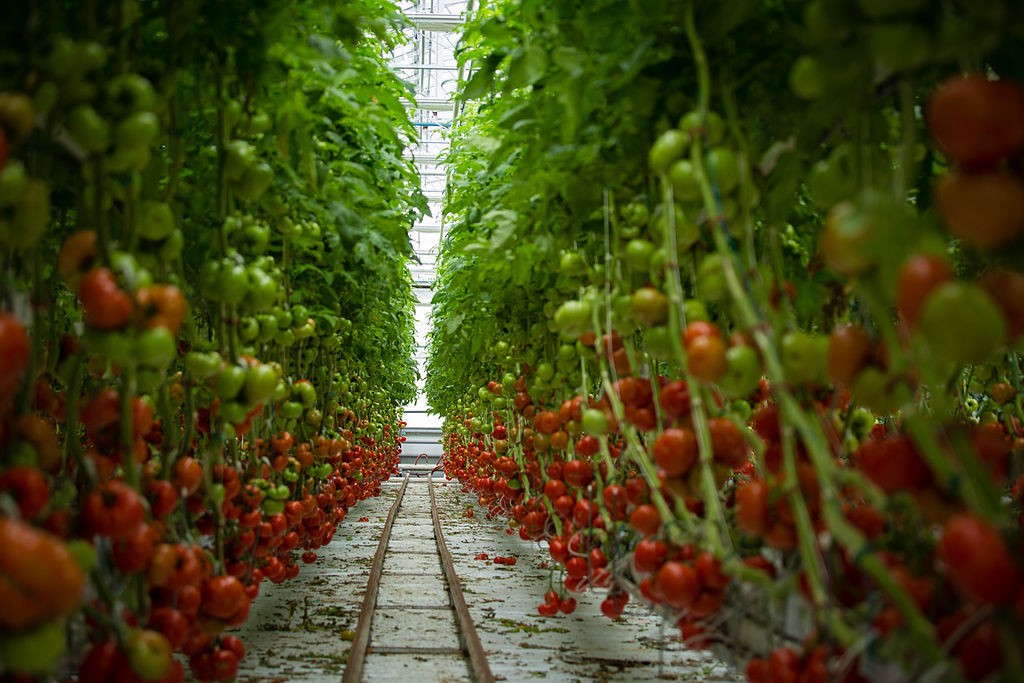As a kid I loved to draw cities of the future that were in the sky with gardens and homes far above the ground. Perhaps this is one reason that I am a huge fan of vertical farming and its potential. In addition to it being a childhood dream, it also makes a lot of sense to me as we think about how to feed more people and shorten our food supply chain.
In 2050, it’s estimated that 80% of the world’s population will live in urban areas and that we’ll have 9 billion mouths to feed. Cities are taking over farmland the more they grow as noted in Modern Farmer’s article “By 2030 Megacities May Devour More Than 86 Million Acres of Prime Farmland.” So why should food only be grown in farms far away from cities and where most people will be living?
It’s unlikely that traditional farming in rural areas can sustain the growing populations of the future given the issues we face with limited natural resources and soil depletion. But with technological advancements in computing, data processing, sensors, aquaponics, hydroponics and artificial light sources like LED lights, one can control the growing environment anywhere, whether that be in shipping containers, on skyscrapers, on city rooftops or in buildings/warehouses.
With new abilities to track and optimize growing conditions in a controlled setting, we can scale food production without soil, using precise nutrients and less water. And we can better utilize urban spaces and feed fresh, nutrient-rich foods to city dwellers. Warehouse, greenhouse and container farms could feed the world with less resource use and transportation needs. And in many cases the yield of the pesticide-free produce is far greater than what a farmer would be able to grow on a similar-size plot of soil.
Dr. Gary Stutte, a horticulturalist and university professor, who worked at NASA for several years on a program focused on growing crops in space said in his interview with Agfunder that their controlled environment growing resulted in “four-to-five times the world record for field yields of wheat, twice the world record field yields for potatoes in two-thirds of the time.” And it’s all possible without depletion of our soil and resources, with less food waste, and without the need for long transport, which has its own environmental impact and leads to further food waste. With a controlled environment (vertical or not) you also reduce the need for pesticides and chemicals that can have downstream health impacts on those near traditional farms.
The pros:
Good and green use of urban space (sometimes)
Shorter distance to food
Fresher food for cities
Less depletion of soil
Precision and optimized yields
Less need for pesticides and fertilizers
The cons:
Currently vertical farming is only cost and energy efficient for lower calorie foods like herbs, berries and lettuces. I believe that it’s just a matter of time, innovation and creativity before that will change. In addition, peri-urban horizontal greenhouse CEA which uses natural light in addition to artificial light could, in combination with urban vertical farms, meet our food supply needs efficiently. My belief is even if vertical farming is only a solution for certain crops, it’s still a huge win and could transform how cities get a portion of their food supply.
Some of the players in the space:
Read the original article here.

